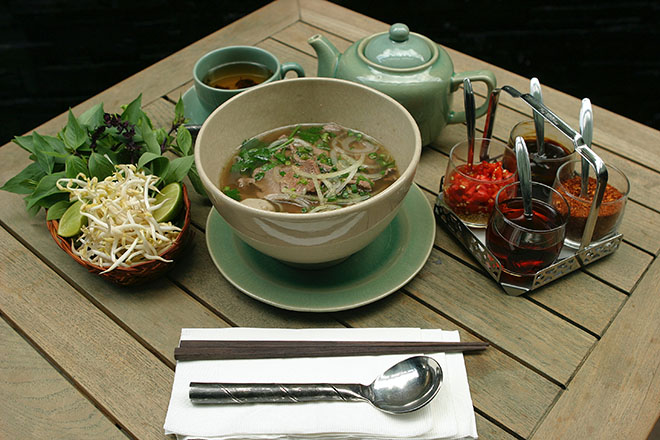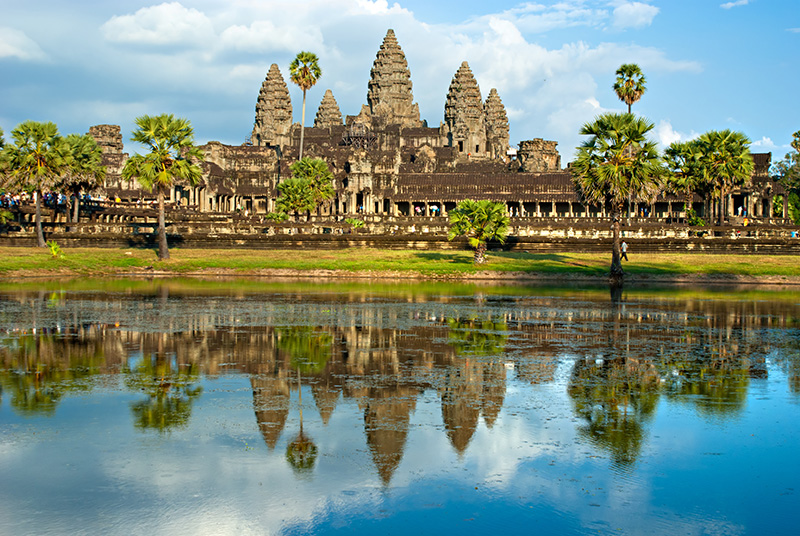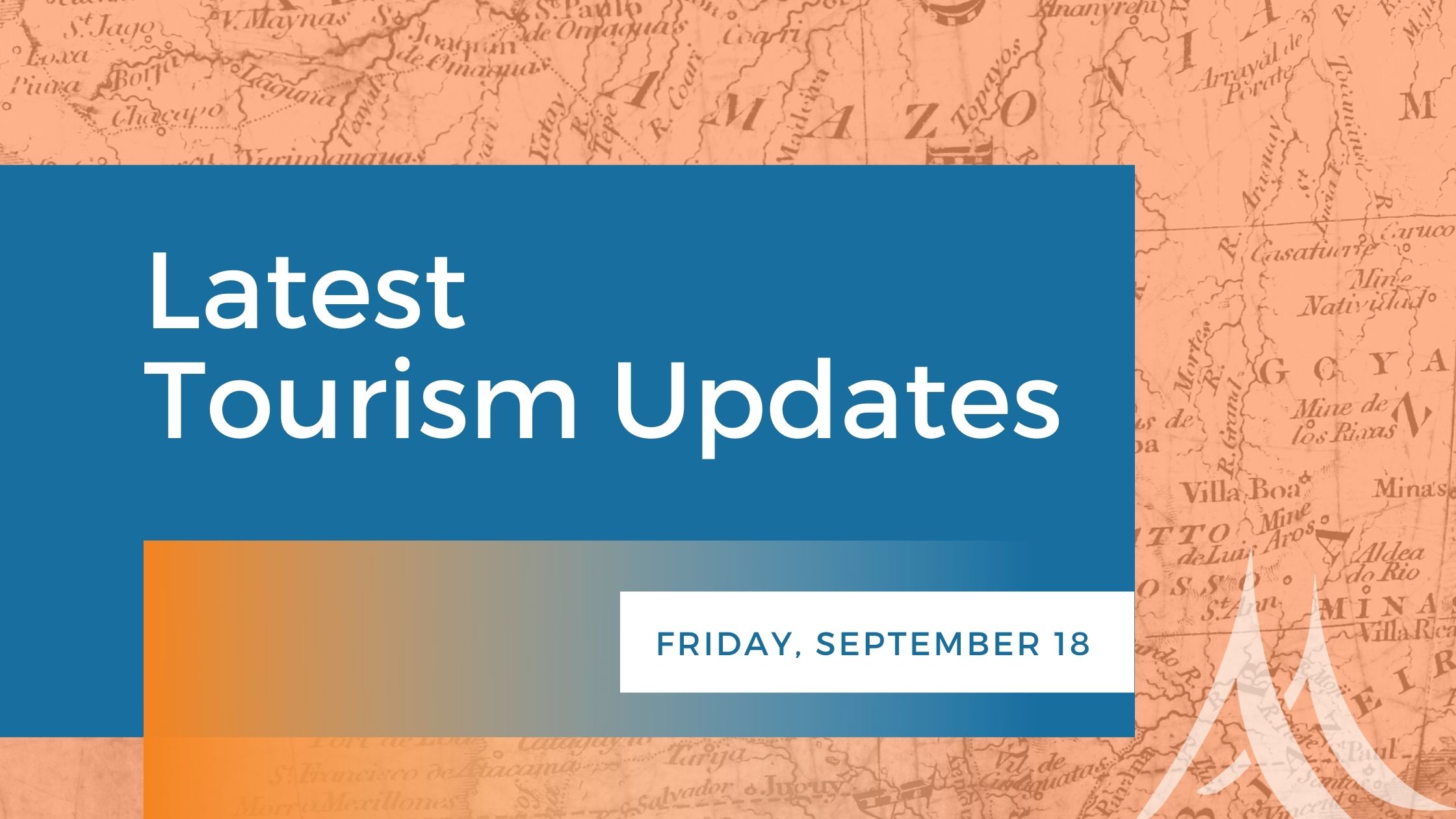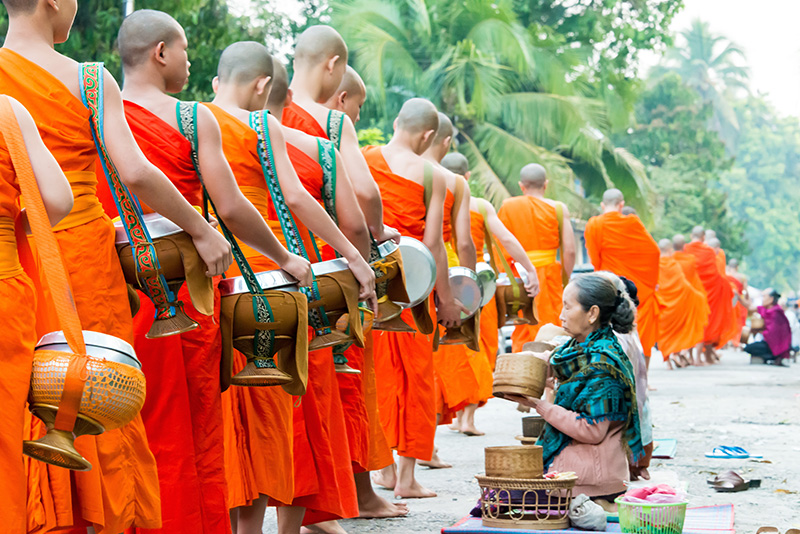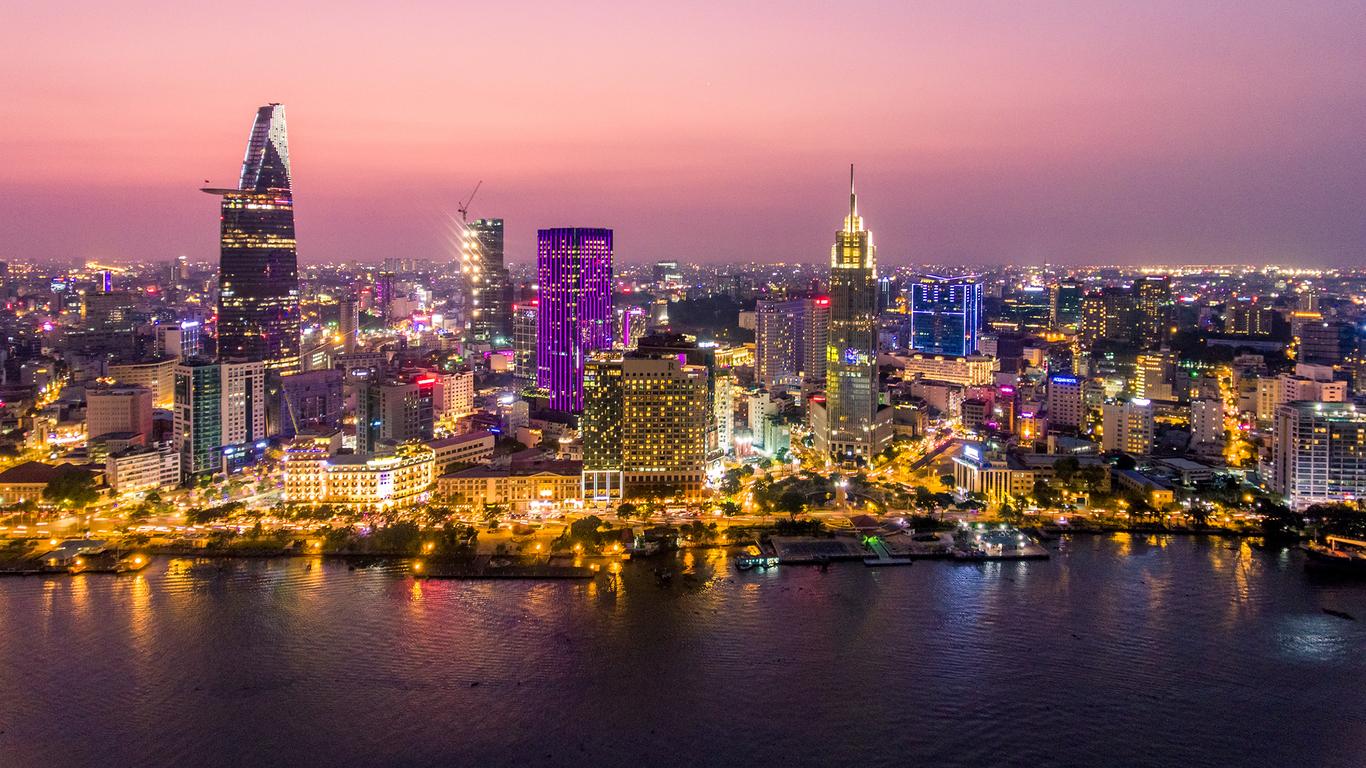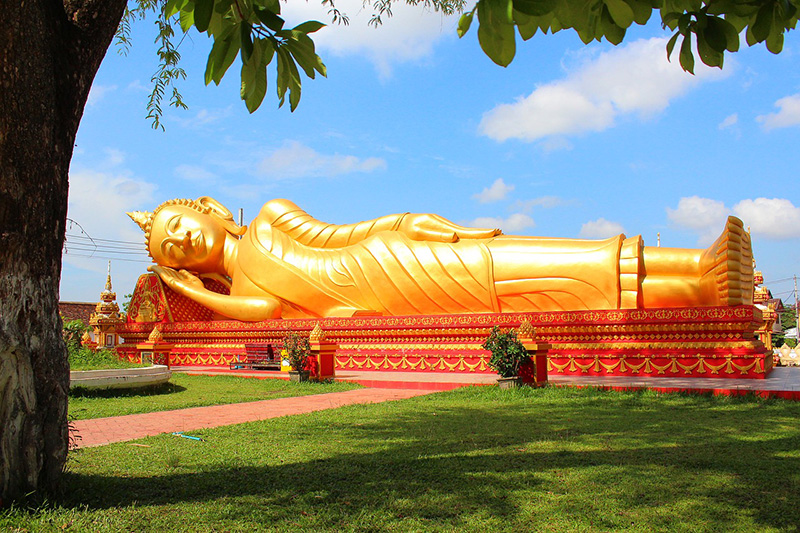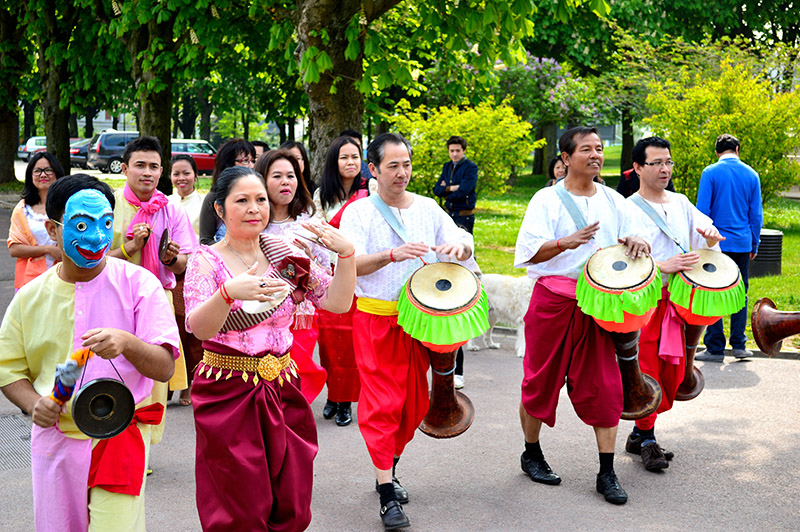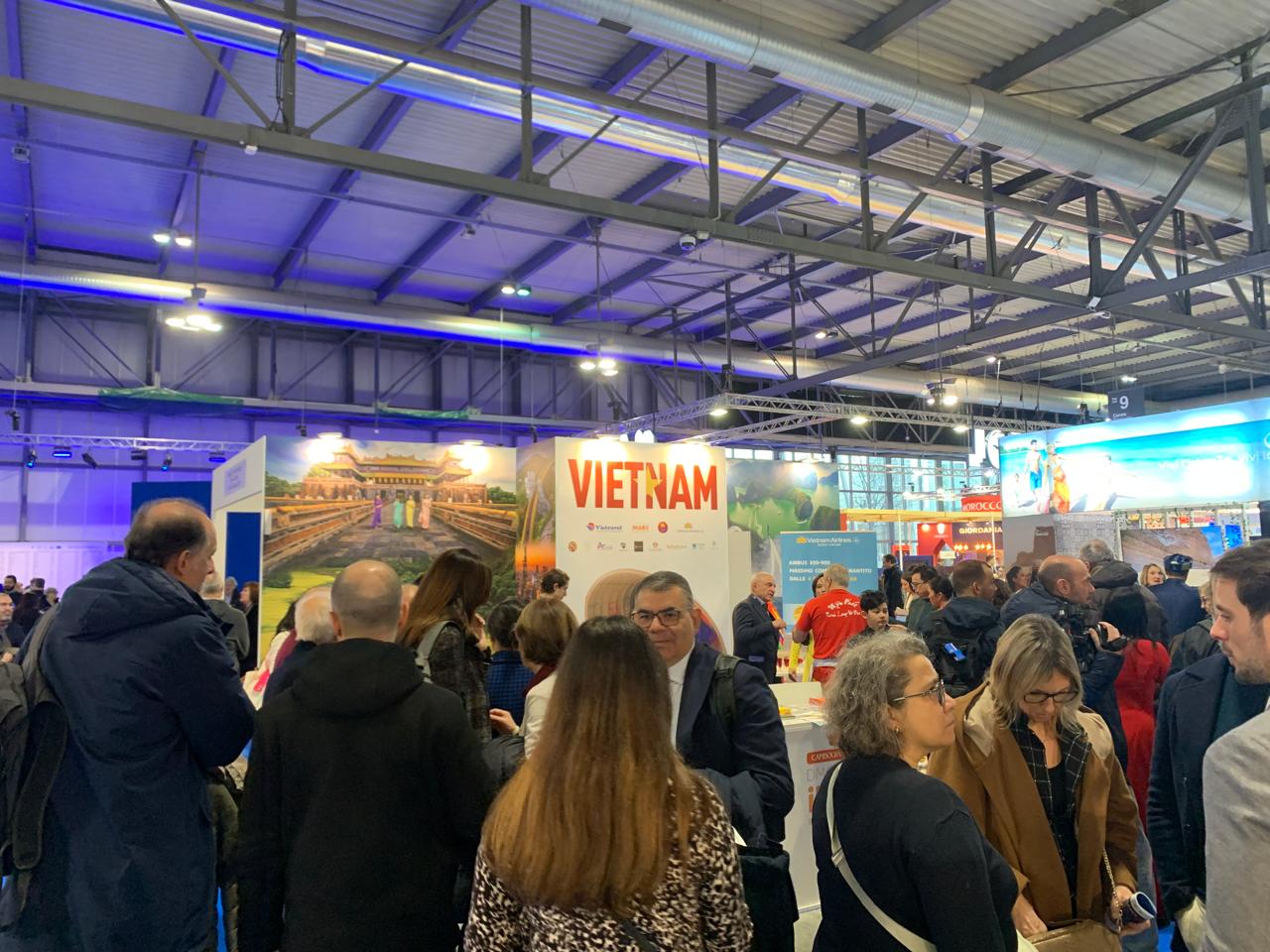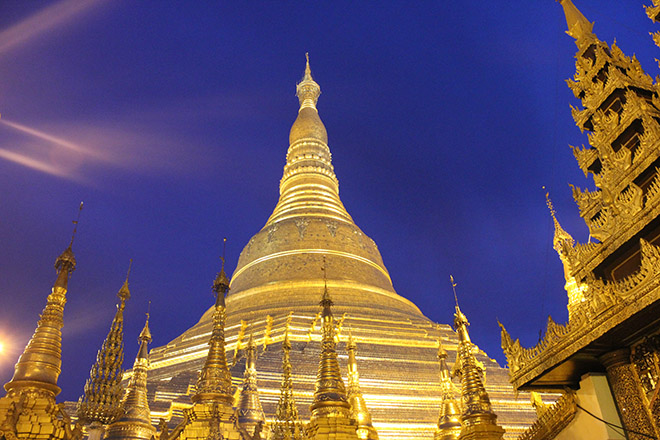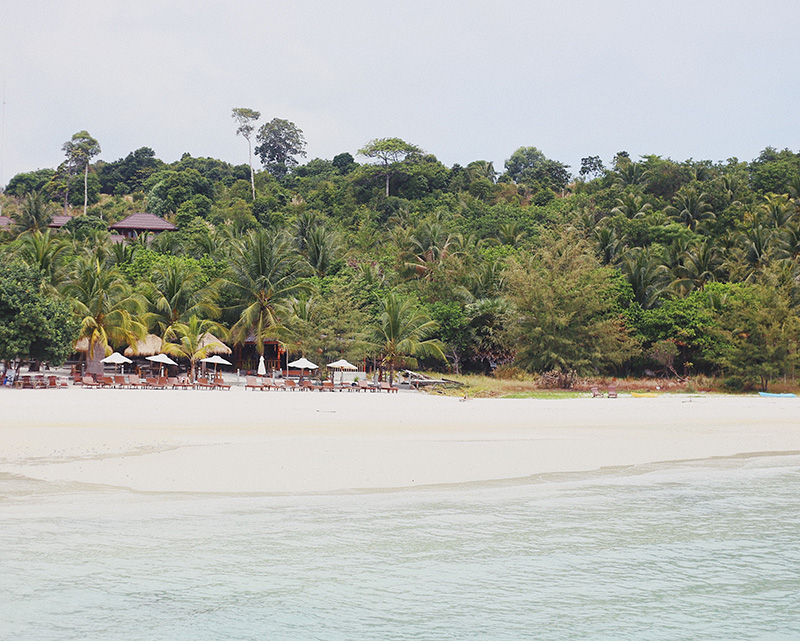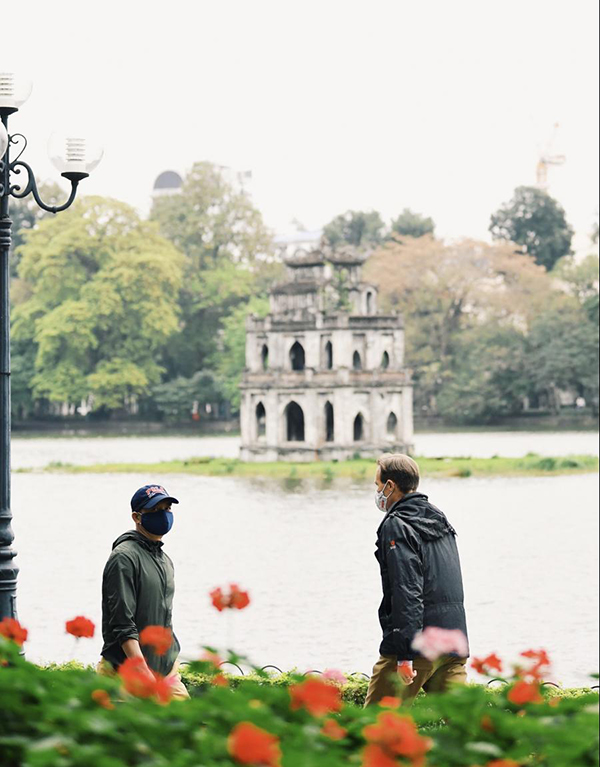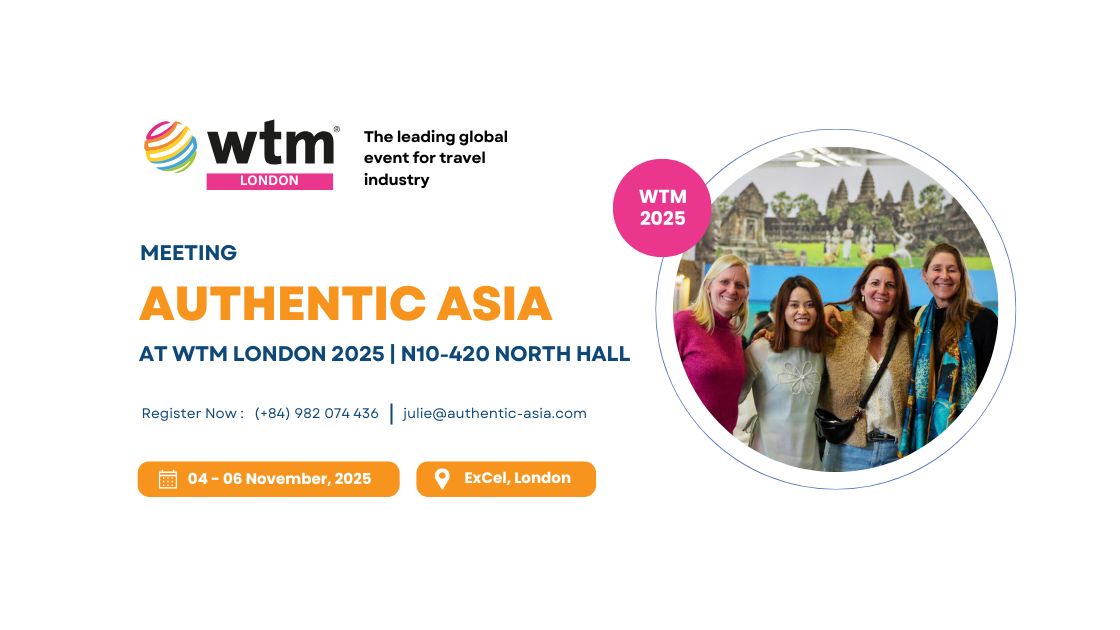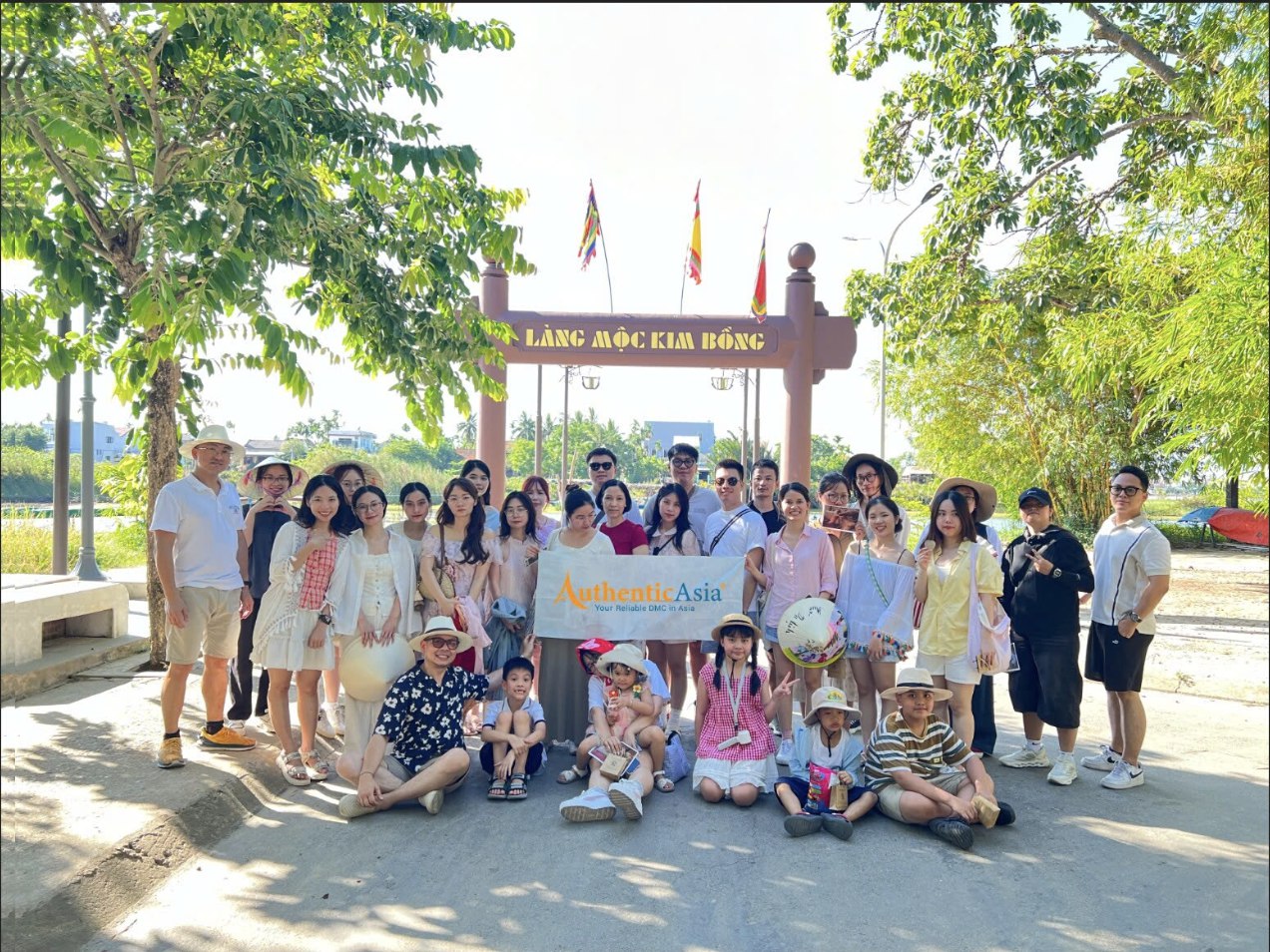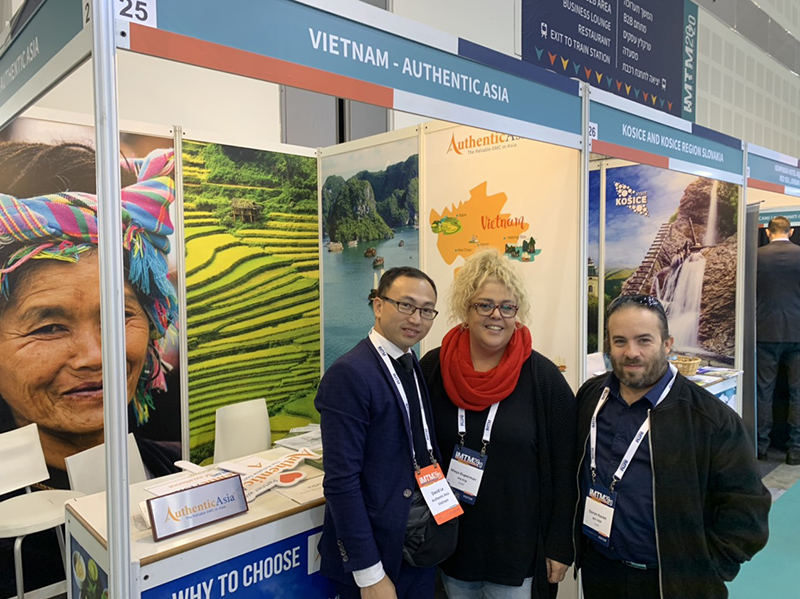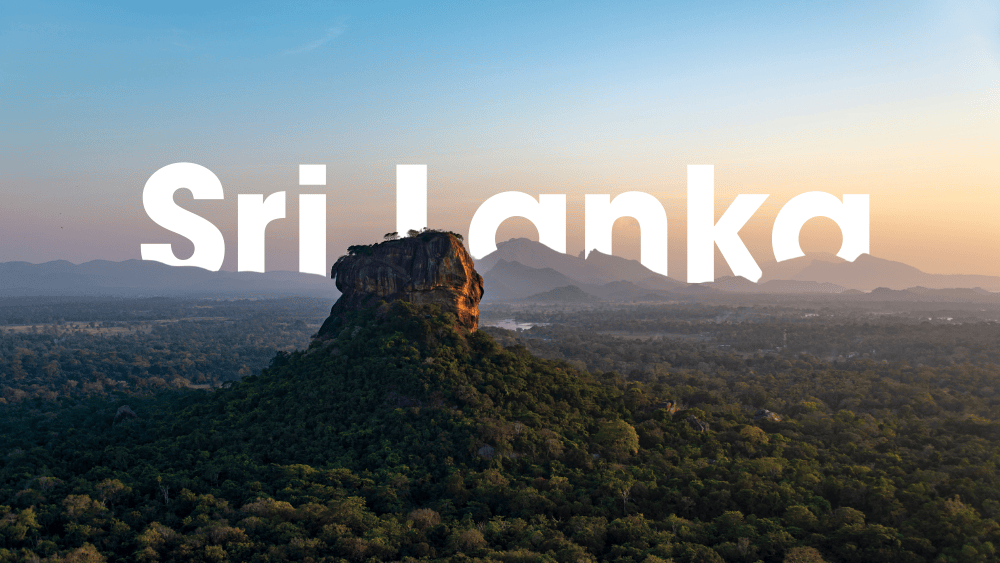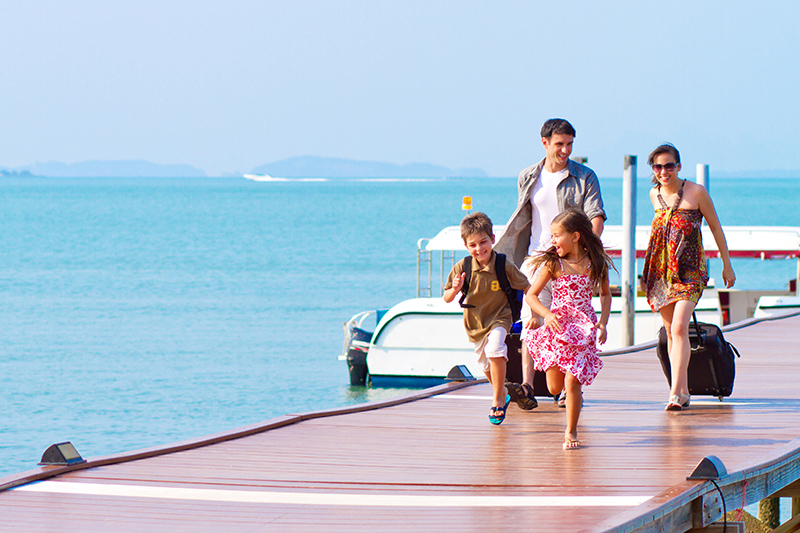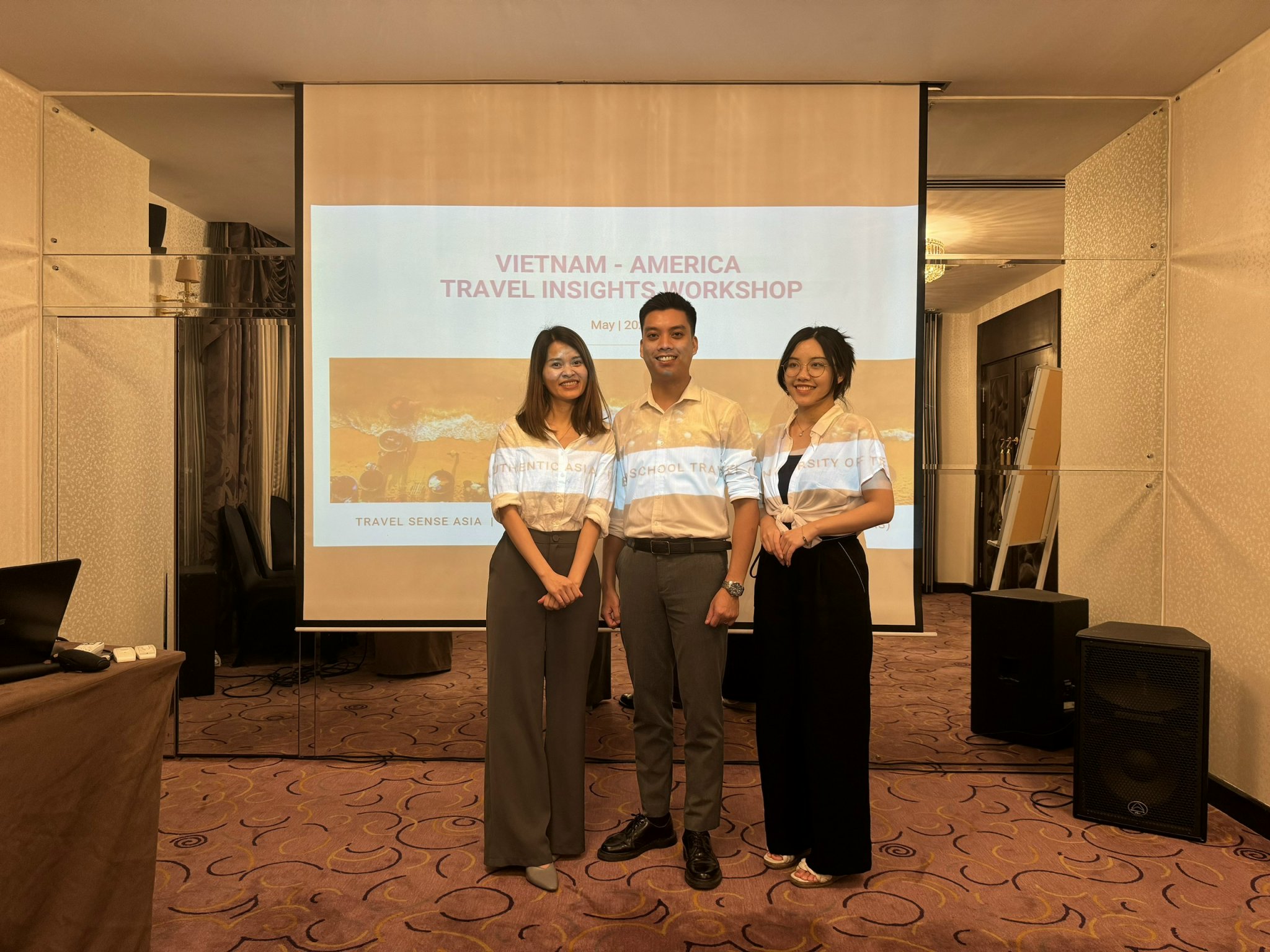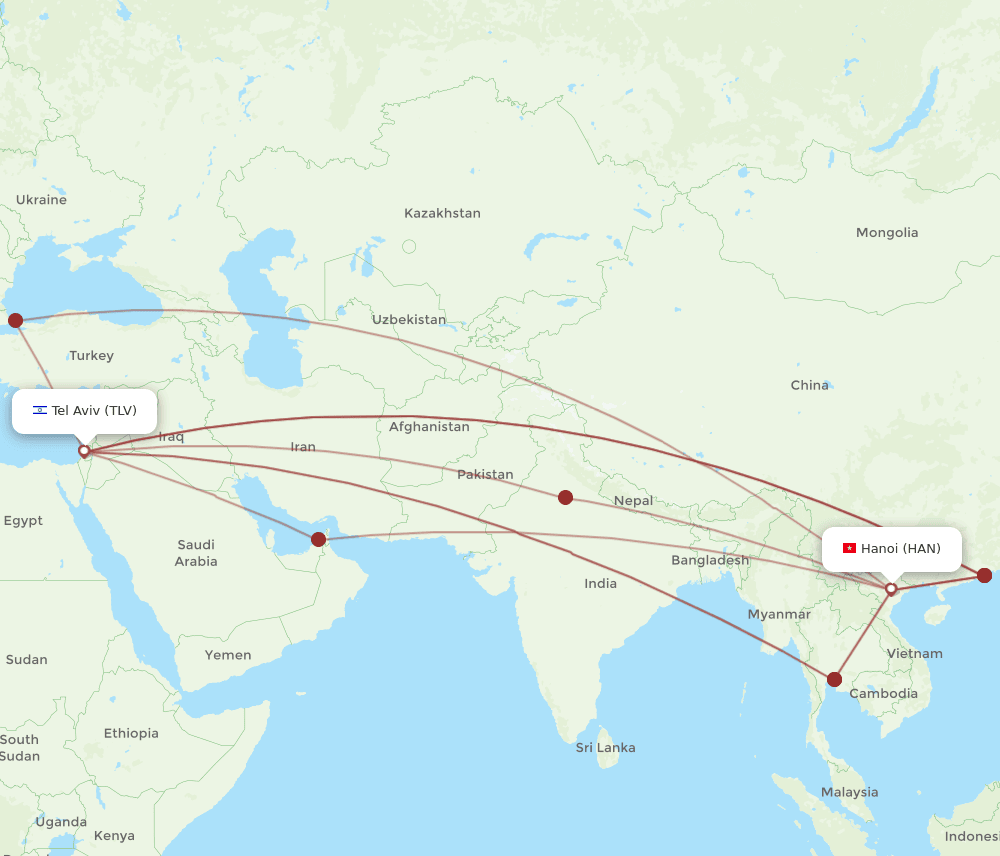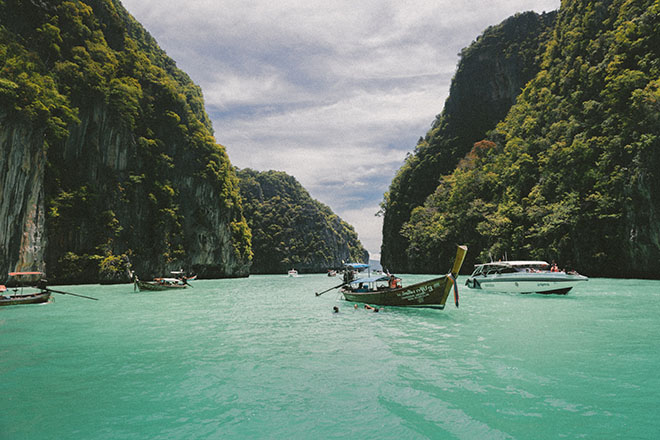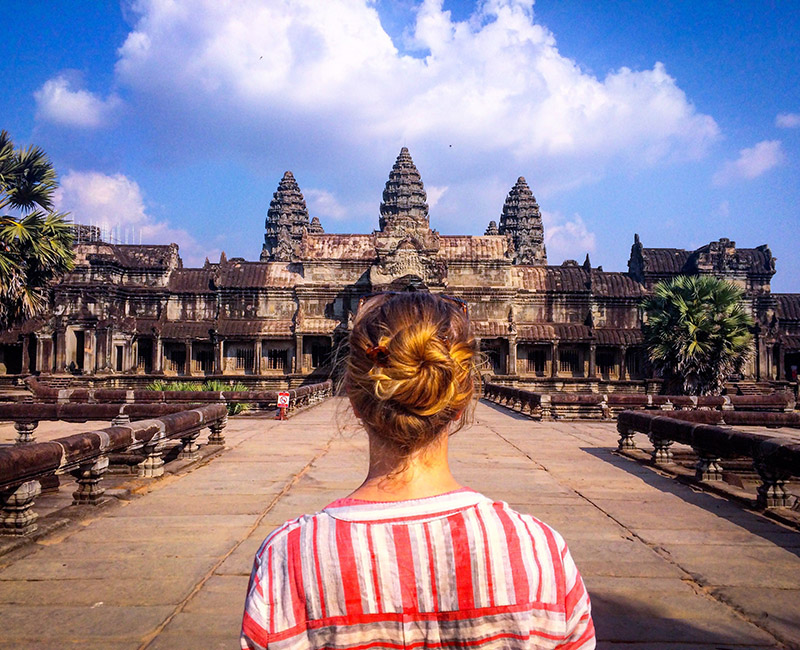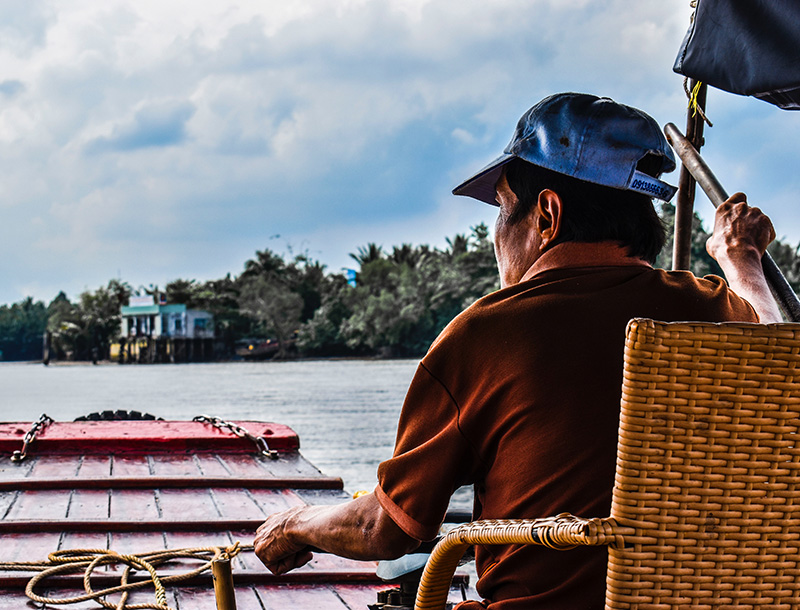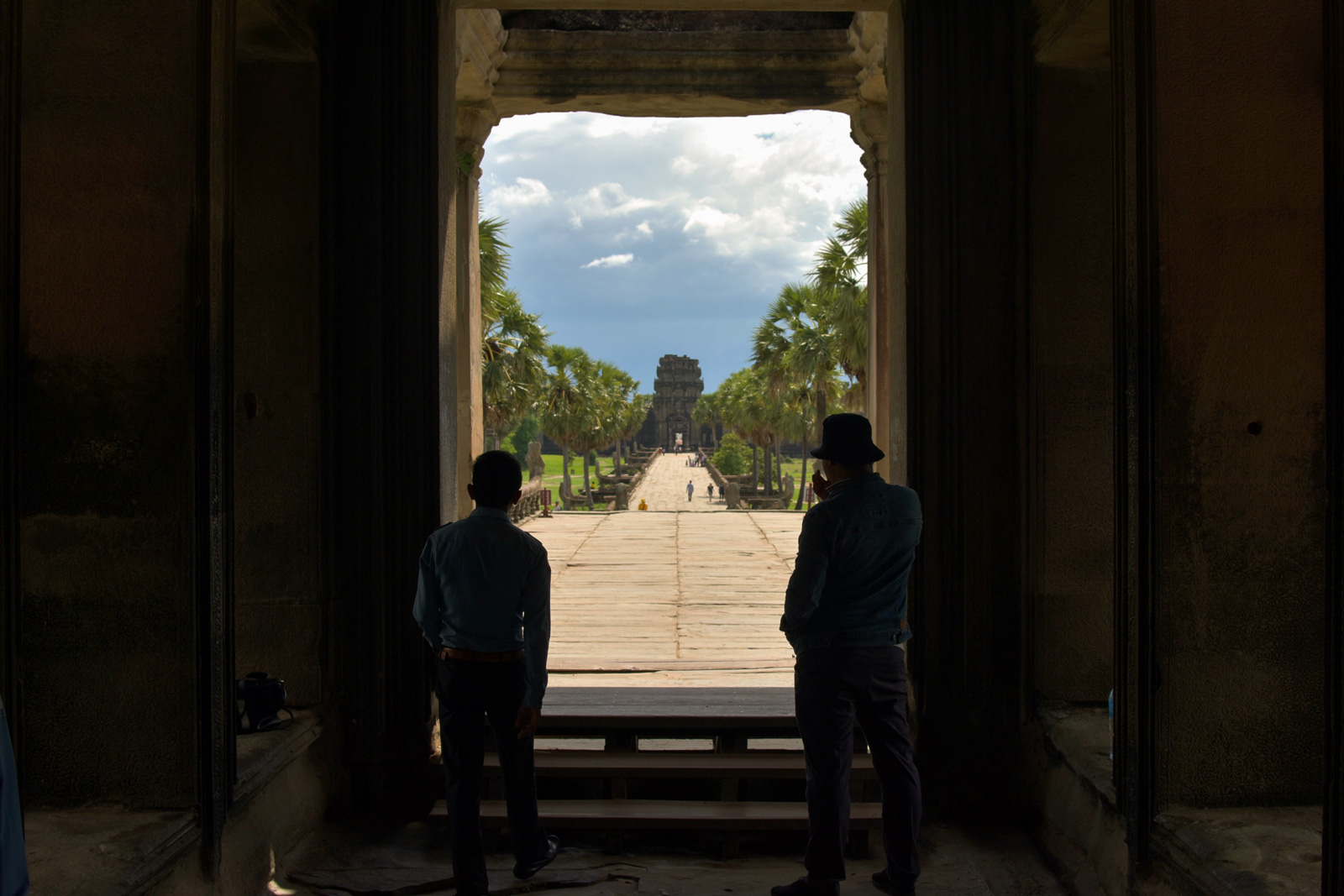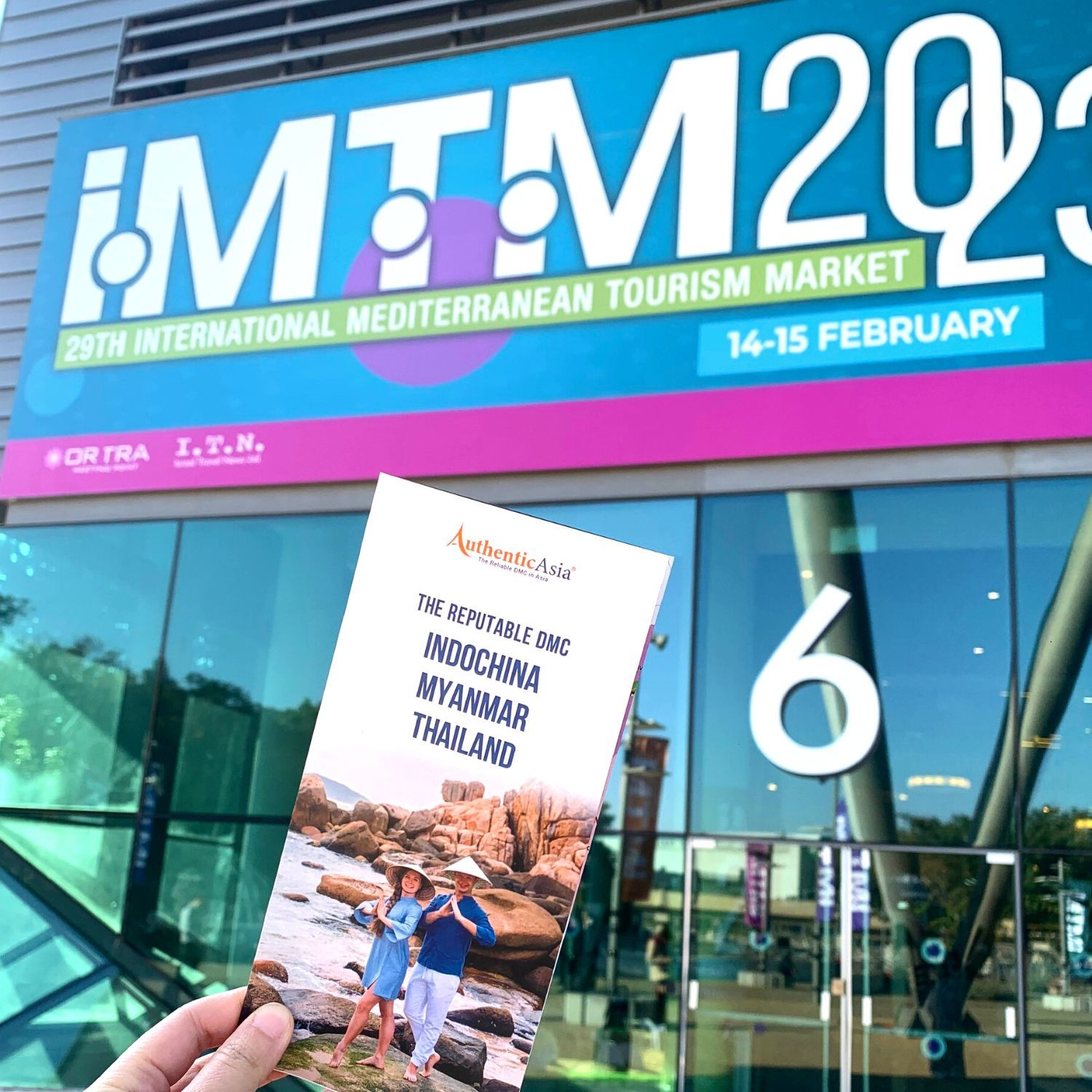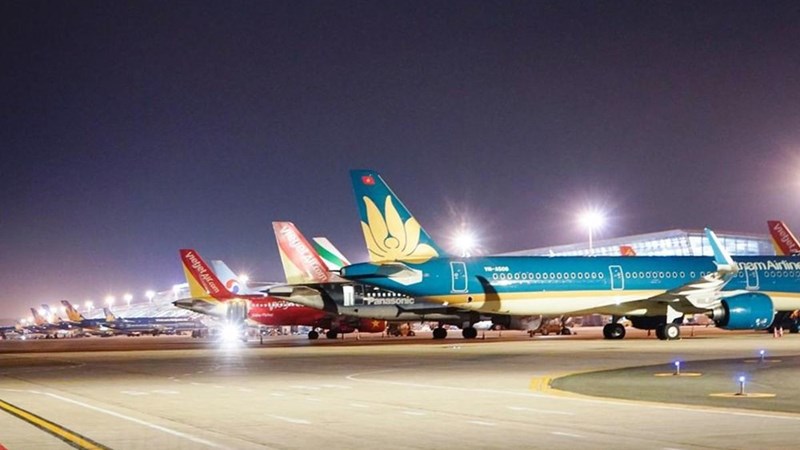
The Covid-19 updates in Vietnam
Fri, 04/24/2020 - 00:00
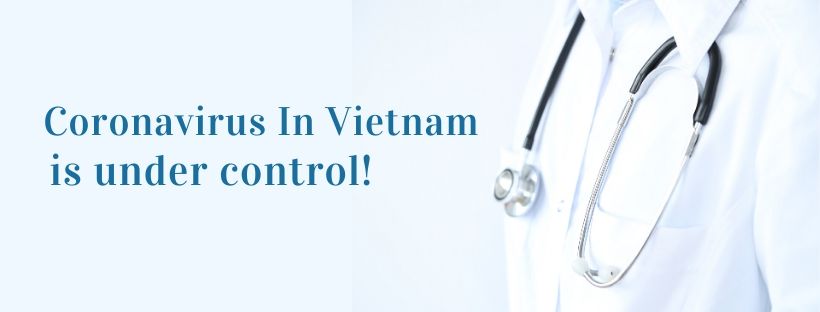
With efforts to monitor the situation and installed a series of proactive, comprehensive measures, Vietnam is highly appreciated by health organizations around the world for the prevention of Covid-19.
By the morning of April 24, in Vietnam:
- A total of 268 confirmed cases have been reported for novel coronavirus (COVID-19).
- 216/268cases have been cured and discharged from hospital. No deaths until now.
- Vietnam goes 8 straight days without new infection.
If you are foreign national in Vietnam at this time, pay attention to these changes:
Nationwide social distancing campaign
Vietnam has started a nationwide social distancing campaign from April 1st, not allowing gatherings of more than two people, asking people not to leave their homes.
The campaign would last until April 22nd, under a directive issued Tuesday by Prime Minister Nguyen Xuan Phuc. It calls for people in the same families, villages, communes, districts and cities to stay put where they are.
People should only leave home for emergencies, buying food and medicine, and working in factories, production facilities and businesses that involve trade in "essential" goods and services.
All public bus and taxi services has been suspended until April 30.
How to travel during the social-distancing?
1. ONLY INTER-PROVINCIAL PASSENGERS IN THE LOW-RISK AREAS CAN BE TRANSPORTED
In particular, the high-risk group (group I) including 12 localities: Hanoi, Lao Cai, Quang Ninh, Bac Ninh, Ninh Binh, Da Nang, Quang Nam, Binh Thuan, Khanh Hoa, Ho Chi Minh City, Tay Ninh and Ha Tinh.
Group II - medium-risk group, including 16 localities: Ha Giang, Binh Duong, Can Tho, Dong Nai, Ha Nam, Hai Phong, Kien Giang, Nam Dinh, Nghe An, Thai Nguyen, Thua Thien - Hue, Soc Trang, Lang Son, An Giang, Binh Phuoc and Dong Thap.
Group III - low risk group, including all of the remaining provinces.
- Specifically, from April 17-22, the presidents of the People's Committees of provinces and cities specifically decided the transportation of passengers by public transport.
- For inter-provincial road transport, inland waterways and maritime transport:
+ Provinces in Group I and Group II will continue to strictly implement the Prime Minister's direction in Directive No. 16 in the field of transport ( except in the cases of official duties and cases of providing food, essential goods, shuttle buses for workers and experts of enterprises, specialized carrying production materials).
+ In the case the passenger is at the end of the quarantine period or other special cases wishing to move, the Department of Transport shall coordinate with the Department of Health to propose and advise the People's Committee of the province or city directly under the Central Government for a decision.
+ The provinces of Group III may carry out inter-provincial passenger transportation only among the provinces in Group III, and must strictly follow the directions in the Prime Minister's Directive 15.
2. AIRWAYS:
- HANOI-SAIGON + SAIGON-HANOI : 6 flights/day
- HANOI-DANANG + DANANG-HANOI: 2 flights/day
- SAIGON-DANANG + DANANG-SAIGON: 2 flights/day
3. RAILWAYS:
- HANOI-HO CHI MINH: 2 TRAINS/DAY
- HO CHI MINH –HA NOI : 2 TRAINS/DAY
Depending on the situation of Covid-19, the group classification can be changed.
All must wear face masks
In an effort to stop the spread of the virus, Vietnam's Ministry of Health has ordered all Vietnamese and foreigners in the country to wear face masks on flights, in airport terminals, and in crowded public places such as supermarkets, bus stations, and public transport vehicles.
Pay attention to the people you have been in contact with
In order to minimize the risk of contagion, Vietnam is isolating individuals who have come into close contact with others carrying the COVID-19 disease. If you have any contact - such as the sharing of flights, vehicles, or hotels - with others who have tested positive for COVID-19 while in Vietnam, you can expect to be tested for the virus and placed in 14-day quarantine.
Travelers with symptoms of COVID-19 or those concerned they may have been exposed to the SARS-CoV-2 virus should call Vietnam’s health hotline: 1900 3228
Suspend entry for all foreign nationals
Starting March 21, Vietnam has suspended entry for all foreign nationals, including those of Vietnamese origin and family members with visa waivers.
For those entering the country for diplomatic purposes or other special matters such as business managers, experts and high-skilled workers, the Ministries of Public Security, National Defense, Foreign Affairs, and Health will decide whether it's necessary to issue visas for them.
Even when they do enter the country, they must fulfill health declarations and follow 14-day quarantine procedures.
Foreign experts, business managers, high-skilled workers carrying an official certificate confirming that they are free of the novel coronavirus, issued by competent authorities of the host countries and approved by the Vietnamese government, will be allowed to enter the country but must be isolated at their accommodation establishments.
The Ministry of Public Security will decide whether to grant or extend visas for these cases.
Tourism areas not accepting visitors at this time:
- Phu Quoc island.
- Ha Long Bay, Bai Tu Long Bay, Cat Ba Island.
- Tourism sites in Ninh Binh including the Trang An Eco-tourism Complex.
- The Hoi An Ancient Town has suspended sales of tickets to the UNESCO Heritage Site, as well as its pedestrian-only hours in the Old Town until the end of March 2020.
- All tourist destinations in Phu Yen.
- Ly Son Island, Cham Islands, Con Dao.
- Several areas in Sapa and Hanoi have been zoned off and blockaded.
Visitors need to cancel their plans to visit these places until they reopen.
Closures and cancellations due to COVID-19
- Huế Festival 2020 - Postponed to August 28, 2020
- F1 Vietnam Grand Prix - Postponed
- Da Lat Sufferfest - Postponed
- Quang Binh Marathon - Postponed
- Techcombank Ha Noi Marathon - Postponed
- Sunrise Sprint - Postponed to May 3, 2020
- Da Nang International Fireworks Festival 2020 - Cancelled
- Da Lat Ultra Trail 2020 - Postponed to June 19-21, 2020
What Vietnam Is Doing To Prevent The Disease
Vietnam has closely monitored the novel coronavirus (COVID-19) outbreak since its start, and has installed a series of proactive, comprehensive measures to ensure the safety of its citizens and travellers.
-
The government made regulations to keep social distance. All residents are required not to leave the house unless absolutely necessary. If leaving the home, everyone is required to wear face masks. Those who do not comply will be punished.
-
Develop a treatment regimen for Covid-19 disease and deploy it at health facilities nationwide. Vietnam currently has no deaths.
-
Establish 45 Emergency Response Teams to combat infections of corona virus.
- Temporary close all public school in all 63 provinces.
- Vietnam Tourism Association has officially issued safety criteria for Covid-19 epidemic.
4 quarantine levels of Vietnam when detecting an infected person:
Level 1: Move infected and potentially exposed people into quarantine. These potentially exposed people have directly contacted with patients.
Level 2: Move people having near contact with infected patients or their relations into isolation wards.
Level 3: Home-based self-quarantine for people have contacted with patients in case of level at 2
Level 4: Apply quarantine to the whole community in case of high number of infected cases
Essential Information About The Disease
Symptoms:
Common signs of infection include respiratory symptoms, fever, cough, shortness of breath and breathing difficulties. In more severe cases, infection can cause pneumonia, severe acute respiratory syndrome, kidney failure and even death.
Path of infection:
Coronaviruses are zoonotic, meaning they are transmitted between animals and people. The virus spreads from person to person through close contact with infected body fluids. Depending on the degree of spread of the virus, coughing, sneezing or shaking hands can make people infected.
Recommendations for travelers to prevent infection include:
1. Seek immediate medical attention if you have symptoms of fever, cough, or shortness of breath. Share your travel schedule with medical staff.
If you feel sick when traveling, you should immediately notify the airline, railway or road staff.
2. Some notes:
- Avoid close contact with anyone showing symptoms of respiratory illness such as coughing and sneezing.
- Maintaining basic hand and respiratory hygiene. Wash your hands often with soap and clean water; or alcohol-based hand cleaners.
- When coughing or sneezing, cover your mouth and nose with a tissue or a sleeve. After using a tissue, throw the tissue in the trash. Wash hands immediately.
- Avoid touching your eyes, nose or mouth.
- Safe food practices. Only use foods that are cooked and ensure food safety
- Do not spit indiscriminately in public
- Avoid close contact with farmed or wild animals, whether live, sick or dead.
3. Use a medical mask properly
- When using a respirator, make sure the respirator covers the mouth and nose and avoid touching the respirator while in use.
- If using disposable masks, immediately put them in the trash after use. Wash your hands after removing the mask.
Hotline in Vietnam:
Travellers are advised to report to the Ministry of Health by calling 19003228 if they have visited outbreak areas in the last 14 days, are experiencing flu symptoms and have a compromised immune system.

